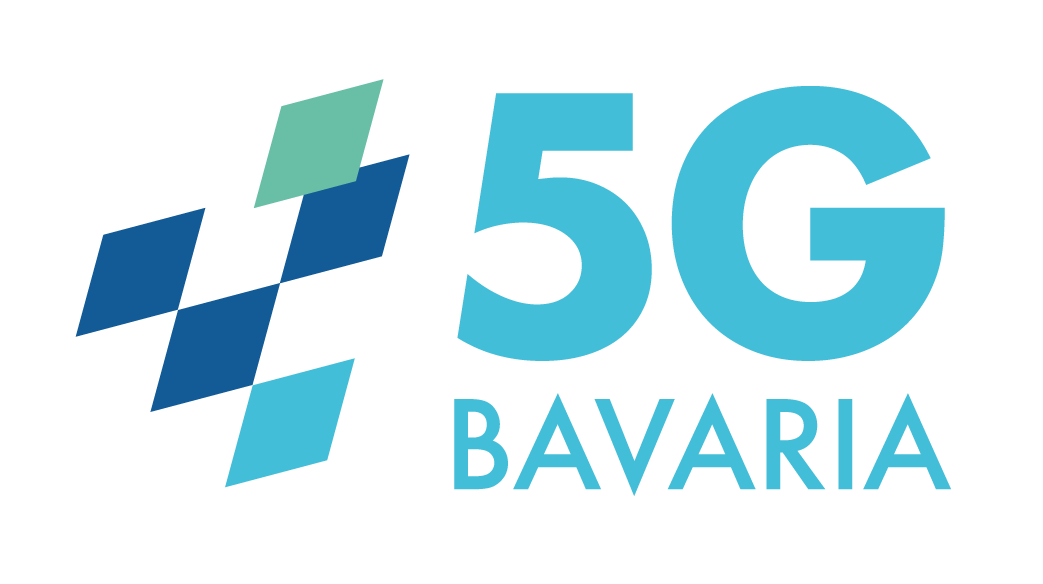Fraunhofer IIS opens 5G test bed for automotive applications
Erlangen/Rosenheim: On May 5, 2022, the Fraunhofer Institute for Integrated Circuits IIS officially opened its 5G Bavaria automotive test bed. In a five-kilometer test area located on the southern edge of the Bavarian city of Rosenheim, automotive companies now have the opportunity to put 5G functions for connected driving through their paces in a realistic environment.
Before new applications are launched on the market, they are put through an exhaustive battery of tests, some under real conditions. Now, the 5G Bavaria automotive test bed offers companies a realistic environment in which to test 5G mobile communications applications designed for connected driving. Located on the southern outskirts of Rosenheim, the facility features a five-kilometer test area, covered by a closed 5G network supported by multiple base stations. The controlled, reproducible test area features a varied road network, which includes urban areas with bridges and underpasses as well as sections of the B15 and A8 highways.
Tests focus on exchanging data in real time
“The automotive test bed is designed specially for developers and users that want to test new connectivity solutions in a real road network,” says Martin Speitel, Group Manager Automotive at Fraunhofer IIS. “The focus is on testing transmission technology and evaluating specific transmitter and receiver components.” Determining essential performance parameters such as latency, reliability and throughput provides valuable insights into a given application’s quality of service and user experience. In addition to the air interface, prototype transmitter and receiver components can also be tested under real conditions. Potential measurement scenarios include determining the influence that (massive) MIMO technologies have on reception quality, data throughput and possible driving speeds. There is also the option of using the C-V2XSim platform to simulate certain test scenarios before testing them on the road.
Reality check for use cases
The automotive test bed can provide a reality check for a vast range of potential application scenarios. Connected car scenarios, for instance, benefit especially in terms of quality of service from measurements of packet loss rates within a realistic application context. Automated driving introduces new functions that can be evaluated on the area’s test routes just as comprehensively as the quality of the data connections between the vehicle and the wireless network and among the vehicles themselves. Tests of machine learning approaches for predicting and improving reception quality are also among the measurement options supported by the test bed.
From research to application
The automotive test bed is part of the 5G Bavaria initiative, which is funded by the Bavarian Ministry of Economic Affairs, Regional Development and Energy. The initiative’s goal is to transfer research related to the new 5G mobile communications standard into application. This paves the way for exploring the feasibility and limitations of 5G technology early on under real conditions and accelerating the product development process.

